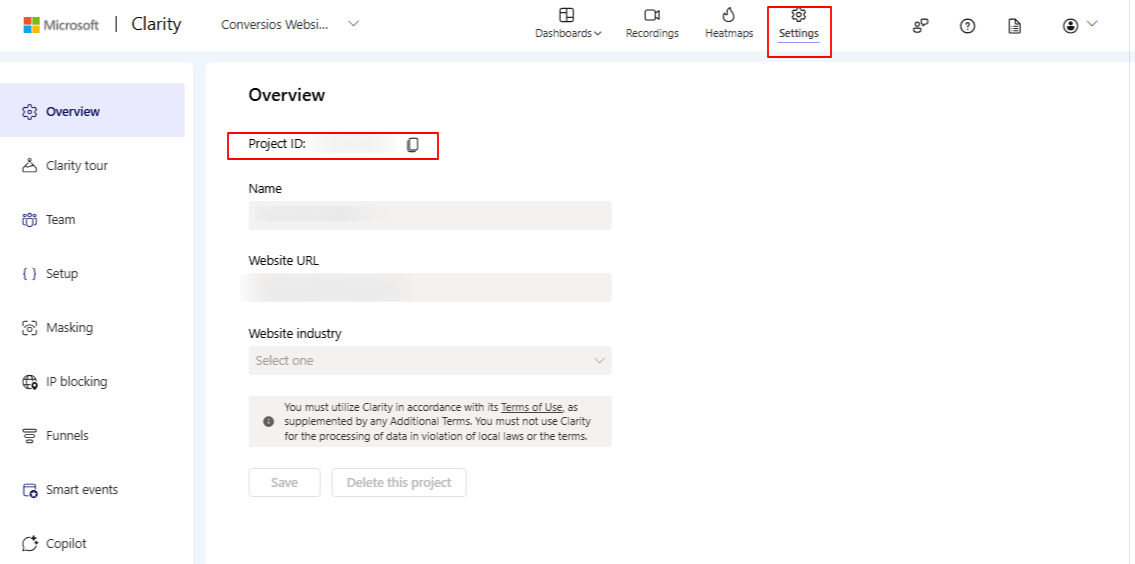Suppose you’re using Microsoft Clarity to analyze user behavior on your website. In that case, you may need your Clarity Project ID, especially when connecting it with platforms like Google Tag Manager, WooCommerce, Shopify, or tracking tools.
As of 2025, Microsoft has made this process much easier. You can now access your Project ID directly inside the Clarity dashboard, no need to dig through code snippets or tracking scripts.
What is a Clarity Pixel ID
Microsoft Clarity is a free user behavior analytics tool that helps you understand how people interact with your website. It provides session recordings, click heatmaps, scroll tracking, and rage click detection, all without affecting site speed.
Unlike traditional analytics platforms, Clarity is built to visualize user frustration and engagement through real interactions, not just metrics.
Where to Find Your Clarity Project ID
Follow these quick steps:
- Log in to https://clarity.microsoft.com
- Select your project (the website you’re tracking)
- Click the Settings gear icon in the top navigation
- From the left-hand menu, select Overview
- You’ll see your Project ID clearly labeled at the top

When Do You Need It?
You’ll need the Clarity Pixel ID when:
- Installing Clarity through plugins (like Conversios for WooCommerce or Shopify)
- Adding Clarity to Google Tag Manager
- Troubleshooting integrations or verifying data in dashboards
Using It with Conversios
If you’re using the Conversios plugin, setup is even simpler:
- Just copy your Clarity Project ID
- Paste it into the Microsoft Clarity field inside the plugin dashboard
- That’s it no manual script editing or code placement required
Conversios will automatically handle the verification and event data syncing in the background.
Final Note
Clarity is one of the easiest ways to spot user friction, abandoned checkouts, and UI issues but only if it’s set up correctly. Now that you’ve got the Pixel ID, you’re one step closer to unlocking those insights.
Need help with Clarity, GA4, or ad pixel setup? Check how Conversios simplifies all of it.